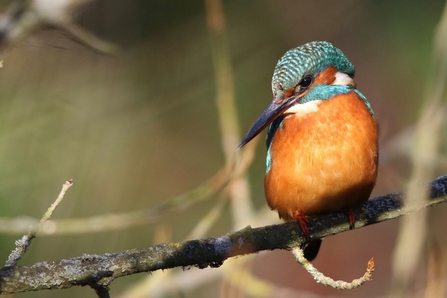Cassiobury Park LNR and Whippendell Wood SSSI are owned and managed by Watford Borough Council who are working in partnership with the Trust to improve their value for wildlife and people. The partnership is working in consultation with a range of stakeholders to involve the local community, support volunteering and enable people to care for and enjoy these special places.
Whilst Cassiobury Park Nature Reserve might be in the midst of urbanisation it is a wetland wonderland, with its mosaic of chalk river, ponds, wet woodland and natural springs. Here, we demonstrate some of the ways we are working with Watford Borough Council and volunteer work parties to deliver the management plan objectives on site.










